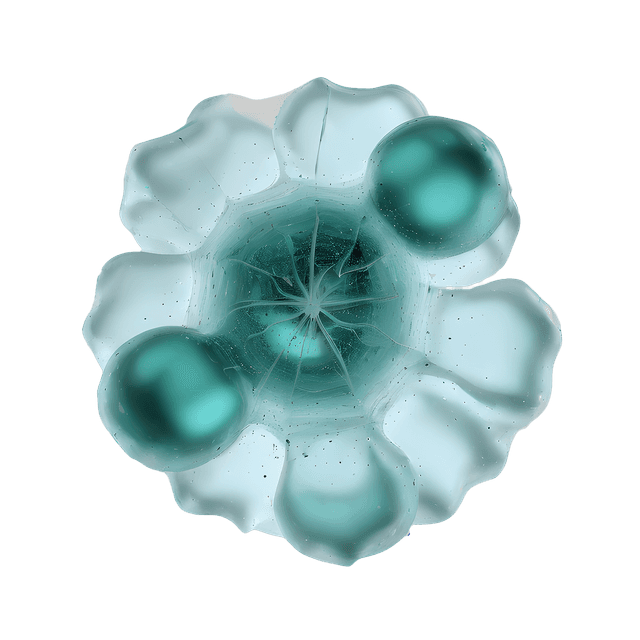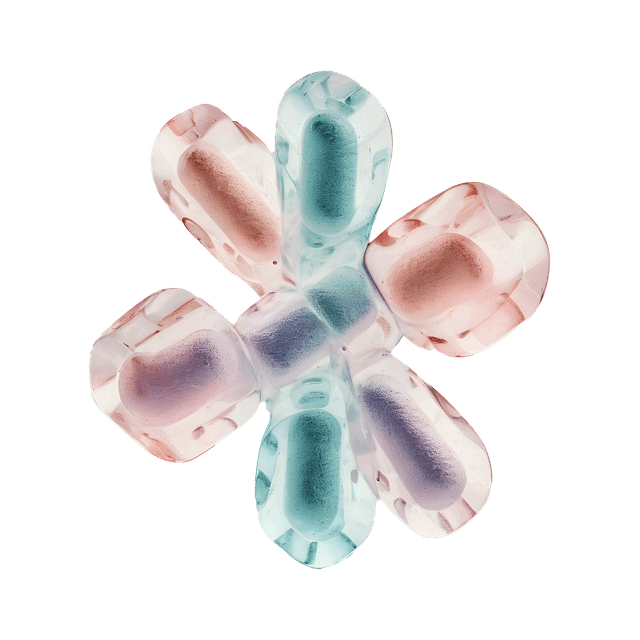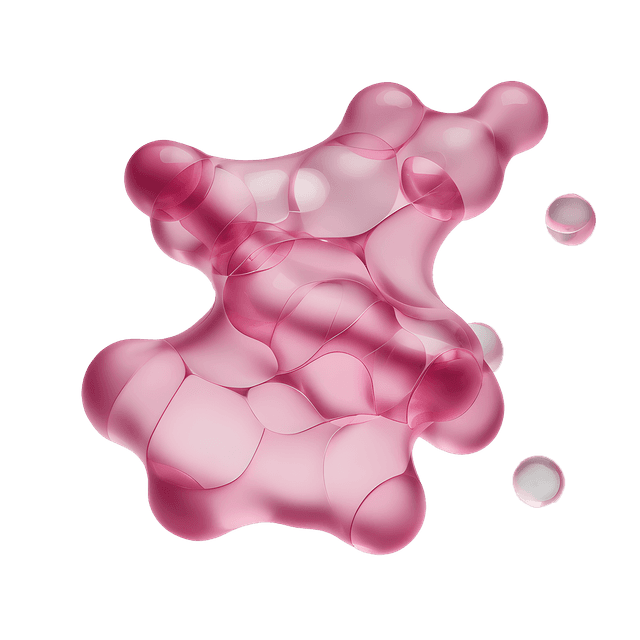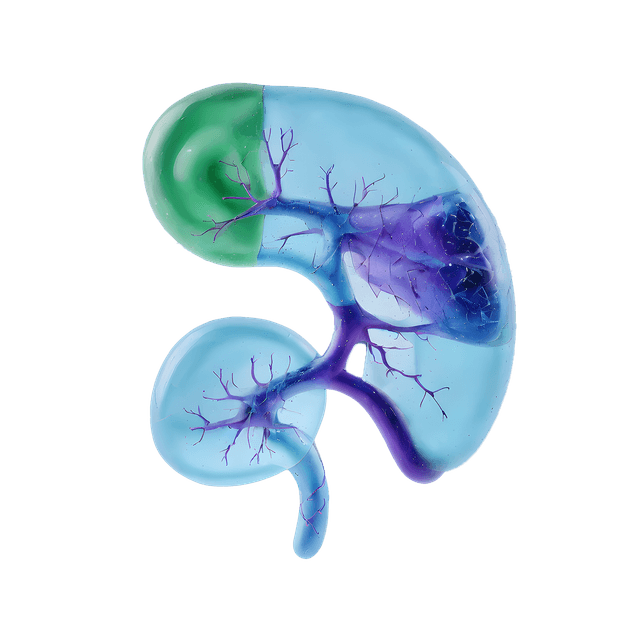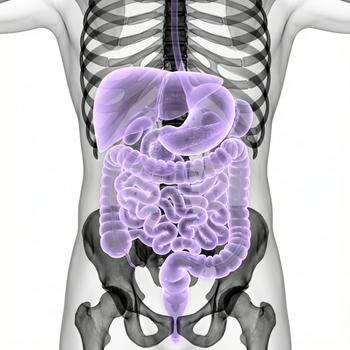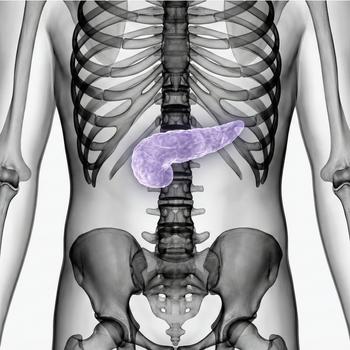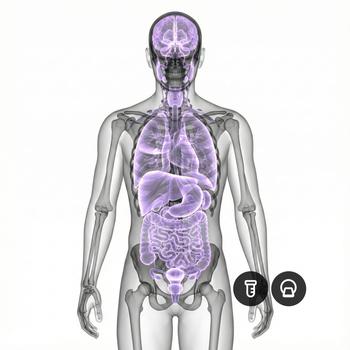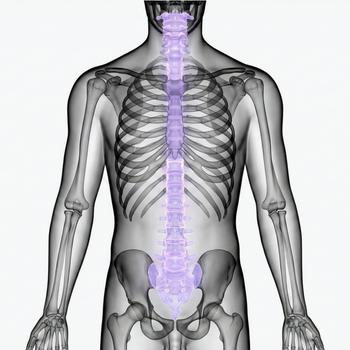An abdominal ultrasound is used to examine the internal organs of the abdomen such as the liver, gallbladder, bile ducts, pancreas, spleen, kidneys and bladder. The examination is performed by a specialist in radiology and provides detailed images in real time. Abdominal ultrasound is used to investigate pain, swelling, changed blood tests or suspected disease in the abdominal organs.
Abdominal ultrasound - for abdominal pain, swelling or changed tests
An abdominal ultrasound is recommended for pain in the upper or lower abdomen, unexplained swelling, jaundice, nausea, changed liver values or suspected fluid in the abdomen (ascites). The examination is also used to detect gallstones, cysts, inflammation or tumor changes in the liver, kidneys or pancreas.
Unlike MRI and CT, which are used for more detailed mapping of deeper tissues or the spread of tumors, ultrasound is the primary method for the initial investigation of abdominal complaints. The method is rapid, radiation-free, and shows changes in real time – making it particularly valuable in assessing the biliary tract, kidneys, and fluid accumulation.
Common symptoms and questions
- Pain or pressure in the stomach (right or left side, upper or lower part).
- Nausea, bloating or jaundice.
- Elevated liver values or abnormal blood tests.
- Suspected gallstones, cysts or tumors in the abdomen.
- Fluid accumulation (ascites) or swelling in the abdomen.
- Follow-up after previous findings in the liver, kidneys or spleen.
Conditions that can be detected with abdominal ultrasound
- Fatty liver, cysts or tumors in the liver.
- Gallstones or inflammation of the gallbladder and bile ducts.
- Changes in the pancreas (pancreas).
- Fluid accumulation in the abdominal cavity (ascites).
- Cysts, stones or drainage obstructions in the kidneys and bladder.
- Enlargement or altered structure of the spleen and lymph nodes.
How an abdominal ultrasound is performed
The examination is performed while you lie on your back. A gel is applied to the skin and the doctor moves the ultrasound probe over the abdominal area to assess the internal organs. The examination takes about 20–30 minutes and is completely painless. For the best image quality, you should fast for 4–6 hours beforehand, as air and food in the intestine can affect the image result. If necessary, the bladder is also examined when full to assess the outflow of the kidneys.
Order an abdominal ultrasound – get a doctor’s report and recommendation
The images are reviewed by a radiology specialist who prepares a written medical report. The response is delivered digitally within a few business days and can be shared with your treating doctor for further follow-up or treatment. If necessary, the findings can be followed up with MRI or CT for more detailed mapping.



